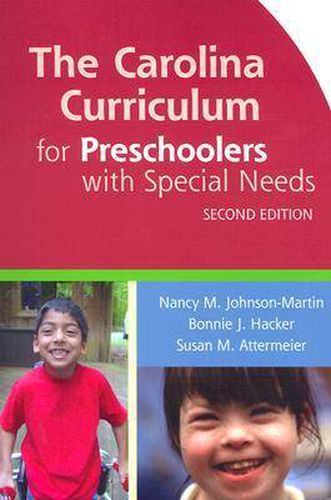Readings Newsletter
Become a Readings Member to make your shopping experience even easier.
Sign in or sign up for free!
You’re not far away from qualifying for FREE standard shipping within Australia
You’ve qualified for FREE standard shipping within Australia
The cart is loading…






The Carolina Curriculum for Preschoolers with Special Needs is designed for use with children in the 24 to 60 months developmental range who have mild to severe special needs. It is a criterion-referenced system that links assessment to intervention and includes jargon-free, logical teaching sequences with specific curricular intervention strategies. The CCPSN is similar in structure to the CCITSN. The opening chapters of the book discuss the approach and principles of CCPSN, highlight changes from the previous edition, and offer instructions on how to use the curriculum. Most of the book outlines the 22 teaching sequences, which are clustered into five areas: cognition, communication, social/adaptation, fine motor, and gross motor. Every sequence is introduced with a short description and special adaptation ideas for children with motor, vision, or hearing impairments. This volume overlaps with the third edition of CCITSN at the 24 to 36 months levels, which will provide an easier transition between the two curricula than in previous editions.
$9.00 standard shipping within Australia
FREE standard shipping within Australia for orders over $100.00
Express & International shipping calculated at checkout
The Carolina Curriculum for Preschoolers with Special Needs is designed for use with children in the 24 to 60 months developmental range who have mild to severe special needs. It is a criterion-referenced system that links assessment to intervention and includes jargon-free, logical teaching sequences with specific curricular intervention strategies. The CCPSN is similar in structure to the CCITSN. The opening chapters of the book discuss the approach and principles of CCPSN, highlight changes from the previous edition, and offer instructions on how to use the curriculum. Most of the book outlines the 22 teaching sequences, which are clustered into five areas: cognition, communication, social/adaptation, fine motor, and gross motor. Every sequence is introduced with a short description and special adaptation ideas for children with motor, vision, or hearing impairments. This volume overlaps with the third edition of CCITSN at the 24 to 36 months levels, which will provide an easier transition between the two curricula than in previous editions.